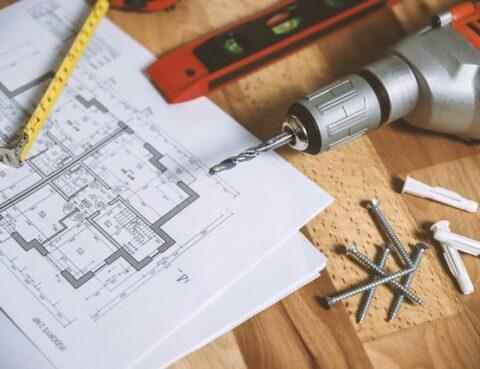Deficiencies are a common reason for litigation in construction proceedings. Dissatisfaction due to deficient work can make homeowners act in a zealous manner – namely, firing existing contractors, hiring subsequent contractors to finish or correct remaining work, and litigating against the initial contractor for the cost of correcting such deficiencies. However, the law recognizes that reasonable opportunities must be provided to correct such deficiencies before setoff or claim rights are allowed.
A fixed price contract offers a ‘fixed price’, meaning a fixed scope of work for a predetermined price. Read this article to learn more about the benefits and risks of entering into these forms of agreements.
The goal of every residential renovation is always to increase the value of property and improve people’s quality of life. During any renovation project, a homeowner must expend significant time and monetary resources, where homeowners must sacrifice personal comfort and enduring disruption to everyday life. As such, before embarking on any construction project, every homeowner should consider the major points raised in this article.
Think all civil litigation follows the same procedure? Think again. Read our latest article to learn about the nuanced procedural differences under ordinary litigation and construction lien proceeding.
Three years into the Interim Adjudication process under Part II.1 of the Construction Act, it is apparent that what was promised as a quick and dirty approach to dispute resolution is turning into a fly-by-night process that creates more problems than solutions. In this article, the author shares his thoughts on some of these problems.
While litigation in construction lien issues takes place within the formal, court system, parties have the ability to take such disputes outside of their system and into the hands of their community leaders.
Settlements are always preferred to litigation, but it’s important to note the following procedural steps when finalizing a settlement in construction lien litigation.
Contrary to the commercial construction industry, in which prevenient agreements and purchase orders may be sufficient to govern the relationship between parties, contracts in residential construction must be formal in order to protect homeowners. Particularly, the Consumer Protection Act, 2002 has been deemed to apply to residential construction and renovation agreements.
In an effort to maintain safe construction practices, the Ontario legislature enacted the Building Code Act to protect the broader Ontario society by imposing and ensuring compliance with a set of minimum construction standards. But who is ultimately responsible for complying with this law: homeowners or builders?
Construction Law is unique to almost every geographical region. Learning one region’s laws, however, could be beneficial to advancing laws in our own.











